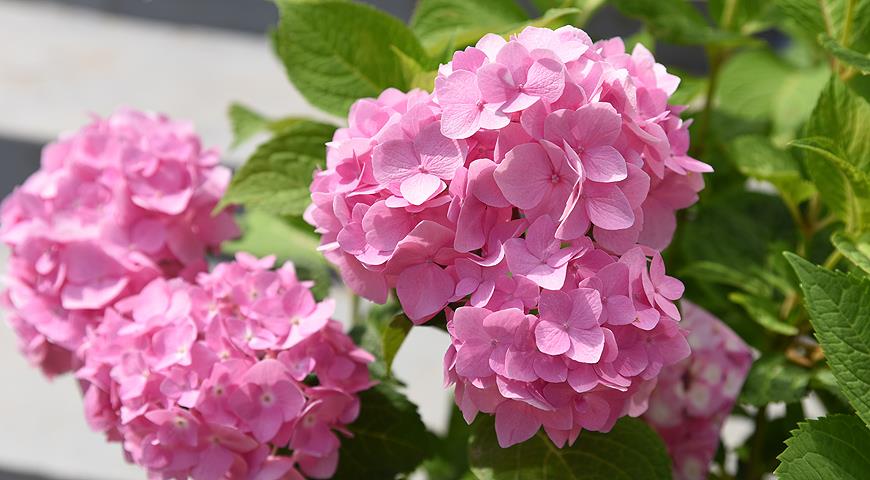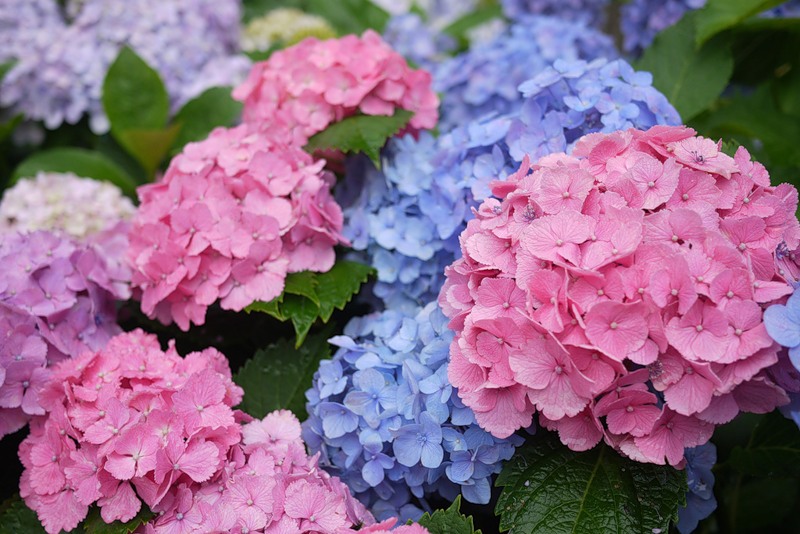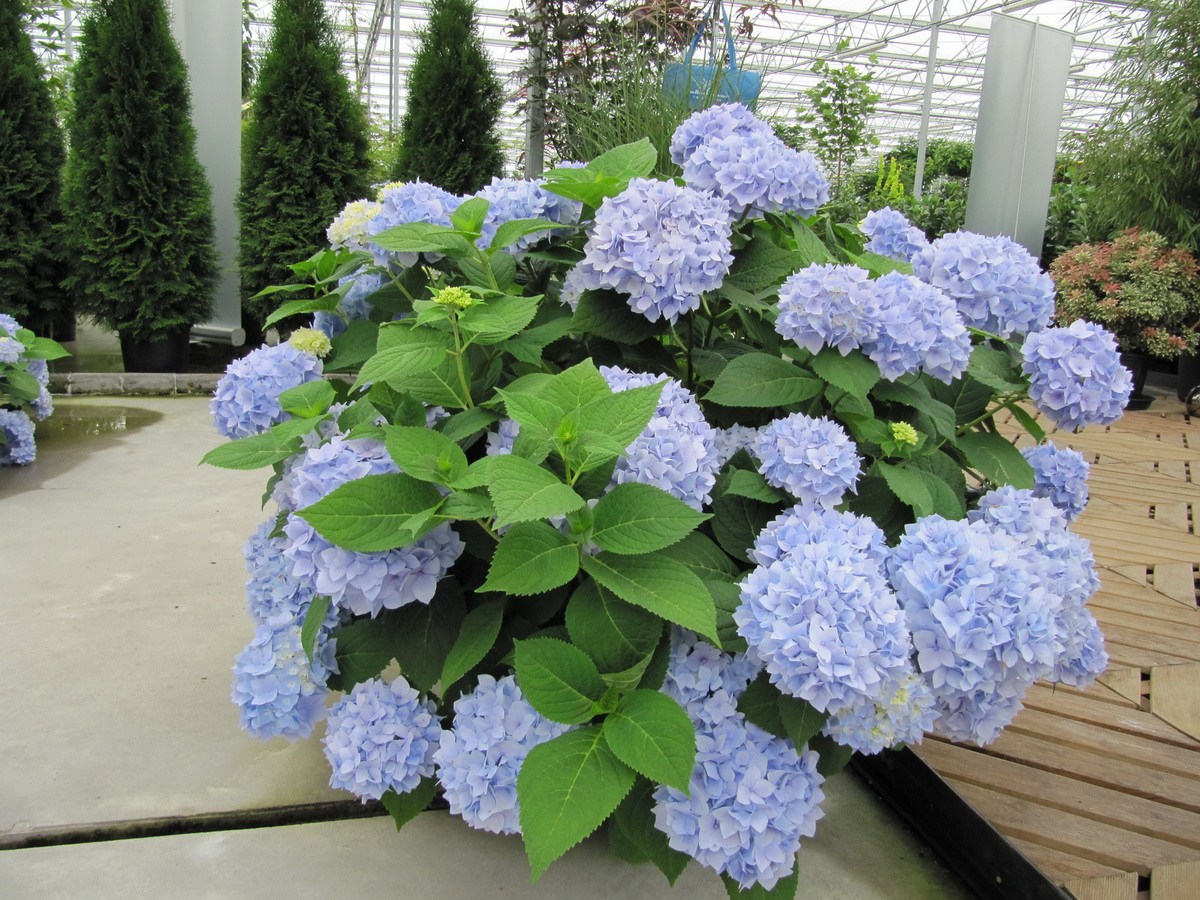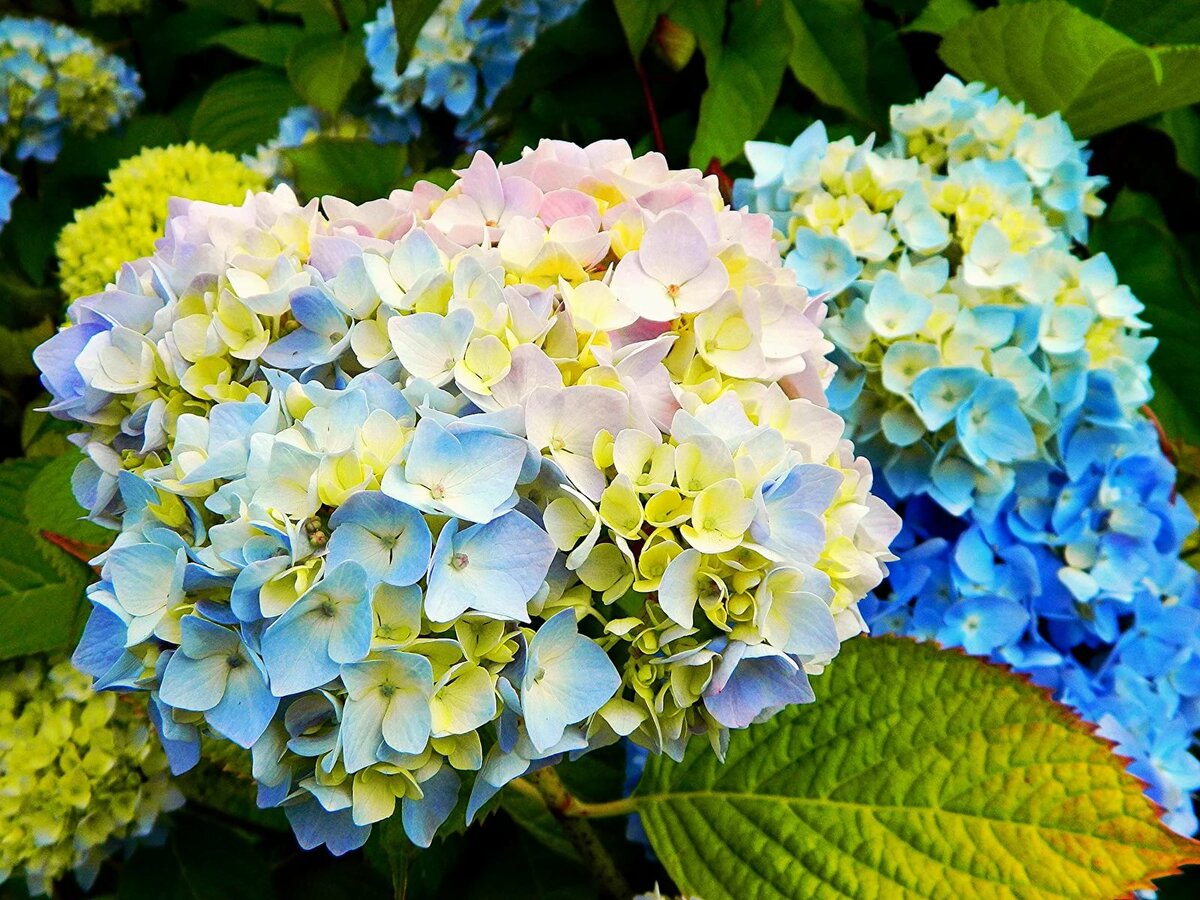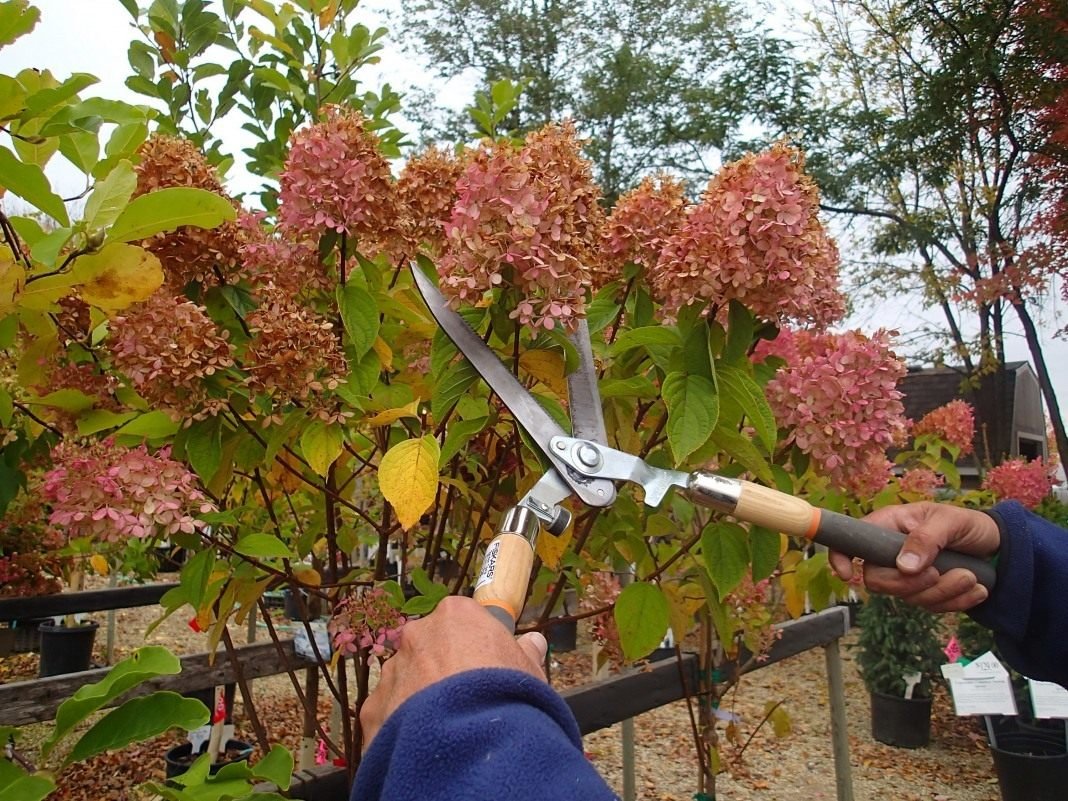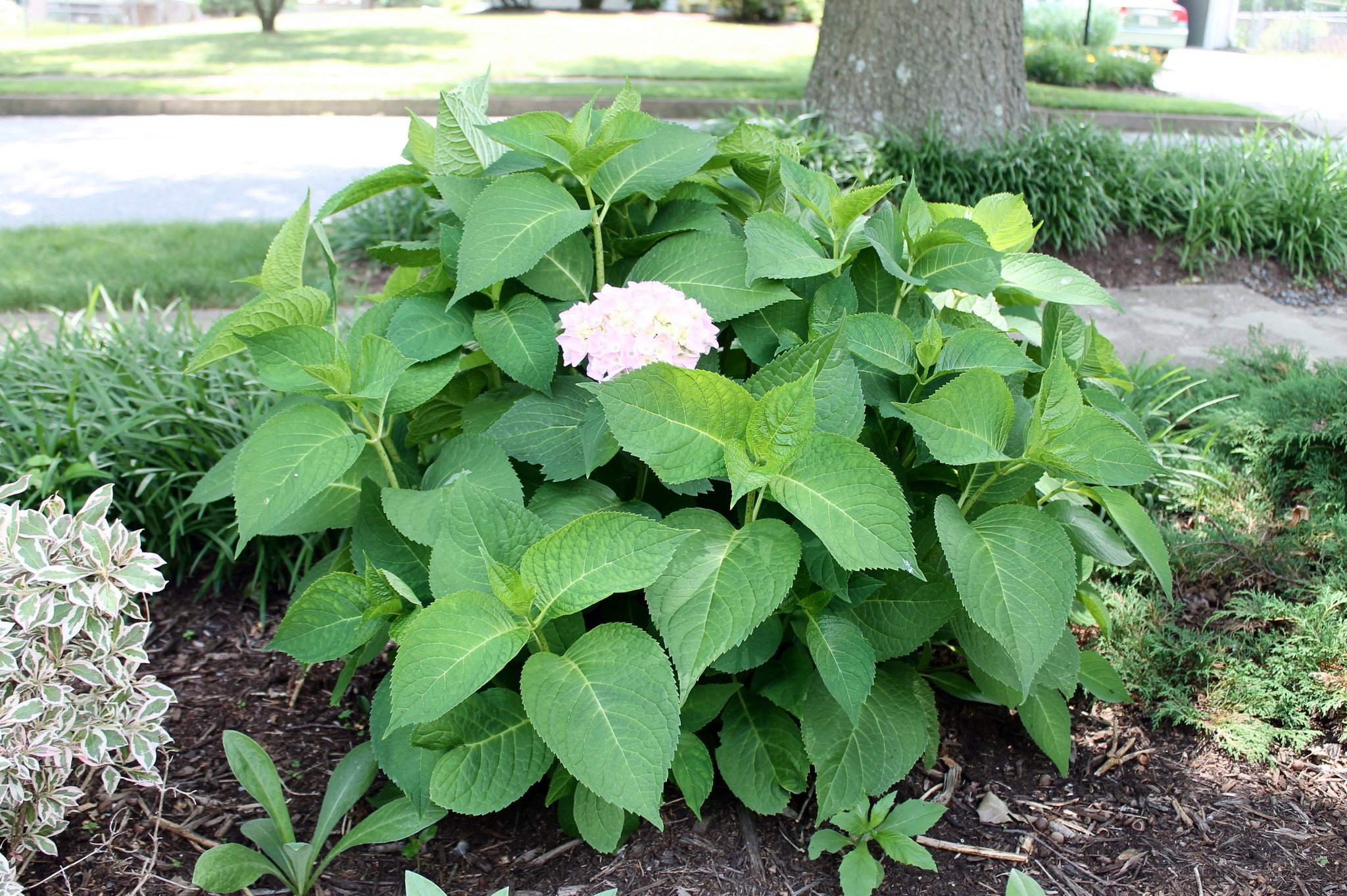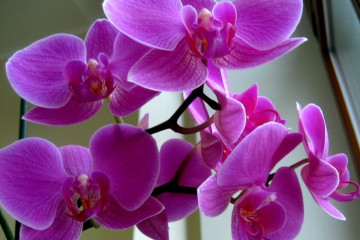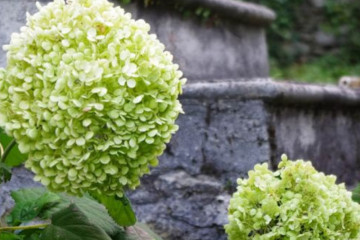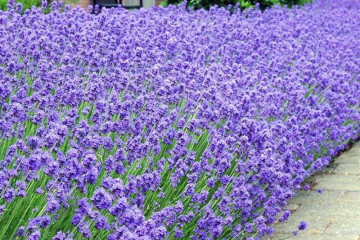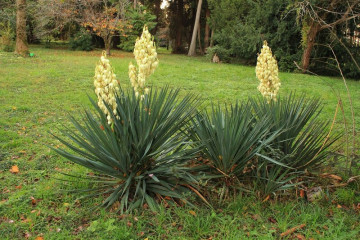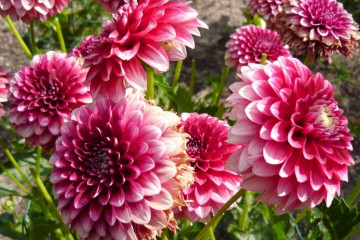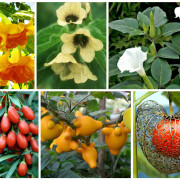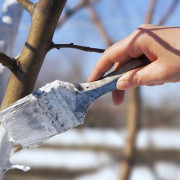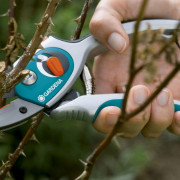When hydrangea blooms - flowering period, how long does it bloom
Content:
The real queen of the garden is the magnificent hydrangea. For any grower, it will be a godsend, delighting, both as a houseplant in a pot and as a garden plant. When hydrangea blooms, it surprises with its bright flowers for a long time: three to four months. This wonderful summer time, the garden will shimmer with different colors, which will become the pride of the hostess.
Hydrangea bloom
Seeing a delicate and graceful flower, it is impossible to take your eyes off. The shrub has about 80 species. Types of hydrangeas:
- Garden: treelike, paniculate, broad-leaved. All these species are quite unpretentious in their care and do not require special attention.
- Pereshkovaya. Also applies to the garden subspecies. Requires serious care. A climbing plant, which is usually used to decorate front entrances, arches and a perlog.
- Room, potty. Short-lived. After three to four years, the plant needs to be transplanted.
Each type of shrub blooms at a different time. However, the beginning of blooming of flowers occurs in the summer and continues until the end of autumn.
Flowering period
During the flowering period of hydrangea, the shrub is covered with buds of different colors. Brightness and shade depend on the composition of the soil and the use of a particular fertilizer.
If the soil is neutral, the plant will produce creamy flowers. When alkaline, pink buds will appear. In an acidic environment, they are bright blue.
As a rule, the plant begins to bloom in mid-late July, blooms in late October.
Flowering features
Small flowers of the plant are collected in lush inflorescences, having different shapes, depending on the species:
- Spherical (paniculate),
- Thyroid.
It happens that not all buds open. In this case, this is due either to the age of the shrub (it was planted last year), or to incorrect pruning in the fall.
In each inflorescence, 2 types of flowers develop:
- The first ones are small, in the middle part;
- Others are more noticeable, placed along the very edge.
The necessary conditions
The prerequisites for good flower development are:
- Weeding and loosening the soil,
- Top dressing,
- The correct watering regime,
- Pruning.
When it starts to bloom
Each grower is concerned about the question of what year after planting the hydrangea begins to bloom. As a rule, the shrub can give the first buds the next year.
Sometimes it happens that the bush will cover with bright flowers only after 2-3 years. In this case, you should pay attention to the correctly selected soil when planting, and also choose a place with partial shade.
Hydrangea flowering conditions in the garden
When a hydrangea blooms in the garden after planting, it is delightful.
In order for it to bloom smoothly in the garden, you should:
- Fertilize the soil correctly before planting, drain it well and moisten it,
- Choose a place for further growth and development (the presence of a shadow is required),
- Protect the plant from strong winds,
- Provide regular watering during the summer,
- Monitor the presence of pests.
Landing is done:
- In early spring, after the snow has thawed,
- In early autumn, in September.
Correct feeding
The plant should be fed after planting in prepared fertilized soil only in the third year. You can make fertilizer yourself or buy a ready-made mixture.
Plan:
- In spring it is a complex fertilizer, which consists of macro and microelements (the best option is nitrogen).
- When the buds begin to form, then sulfate and superphosphate dressing is used.
- When the flowers begin to bloom, and throughout the season, you can feed with chicken manure or cow dung.
Prevention of diseases and pests
As a rule, the shrub is very resistant to diseases and pests, but it can still get infected.
Diseases:
- Chlorosis. It is mainly the leaf that suffers, which loses its natural color and begins to turn yellow. This is due to the high content of lime and humus in the soil. Treat this disease with a solution of copper sulfate and nitric acid potassium. Every three days, the solutions are alternated when watering.
- Powdery mildew is the first pest when excess air humidity occurs. Treatment is carried out with a solution of copper sulfate with soap. The mixture should be used to process foliage.
- Green aphid. It is treated with a folk remedy - infusion of garlic. You can prepare by taking 200 grams of chopped garlic, which is diluted in a bucket of water. Insist for two days. Then add 50 grams of laundry soap and spray the entire bush. The procedure is repeated once a week until the aphids disappear completely.
- White rot. This fungus infects the rhizomes, as a result, the plant can die from not receiving the necessary nutrients. First of all, young shoots begin to blacken, on which a bloom similar to cotton wool soon appears. It should be treated with fungicides, for example, foundation or copper oxychloride.
- The death of foliage is facilitated by septoria - dark brown spots on the leaves, 2-6 mm in diameter. The affected areas should be removed as quickly as possible, the plant should be treated with copper sulfate.
To prevent a healthy plant, it is enough to carry out activities:
- Plant the flower in the right place, away from too bright sunlight.
- Provide regular and sufficient watering, in hot weather - every other day.
- To make a choice of soil in favor of an acidic type - the plant will not survive on alkaline soil.
- Choose fertilizers.
- Prevent wood: in spring the plant needs to be treated with copper sulfate (100 grams per bucket of water), it can also be replaced with Topaz or Fitosporin.
How and when to trim
Two trimming options:
- In early spring, before the plant is actively growing. In this case, the old shoots are removed, the young are shortened to 3-5 buds. Dried inflorescences are removed.
- In late autumn after the hydrangea has bloomed. The pruning scheme is the same as in the first version.
Old branches should always be removed directly under the root, leaving a small stump. The next year, young shoots will begin to grow from them.
Rules and timing of feeding
Top dressing is carried out several times per season:
- in spring - nitrogenous,
- in summer - phosphorus-potassium,
- in the autumn - phosphoric.
For what purposes you need fertilizer:
- Nitrogen - helps the shoots to grow actively, the leaves - to gain green mass,
- Phosphorus - promotes lush flowering, helps the roots in winter, enriching them with nutrition,
- Potassium - forms the correct buds and helps them to open, lays future buds for the winter.
- Other trace elements - are responsible for the brightness of the color and the setting of buds. Iron helps fight chlorosis.
The ideal feeding option is organic, mineral formulations, which are sold ready-made in specialized flower shops, for example, Superphosphate.
The very first nitrogen fertilization is carried out in early spring after the "awakening" of the bush and its pruning. If you suddenly failed to feed, do not forget about the second mandatory feeding.
The second, phosphorus-potassium, - at the time of bud formation. You can use ready-made fertilizers.
At the time of flowering, the plant is fertilized at will to prolong the life of the flowers.
The third, phosphorus fertilization, is done after the end of flowering, so that the shrub buds are laid without difficulty and prepared for wintering.
Rules:
- Before feeding the plant, a small groove is made around the bush, stepping back 15-20 cm. Liquid or dry fertilizer is introduced into it.
- Then the groove is sprinkled with either humus, or, what is better, sour peat.
- The soil must be well moistened before fertilizing.
- Top dressing is done either in the early morning or in the evening, when there is no scorching sun.
- The dosage is taken strictly according to the instructions.
Soil composition
The soil should be:
- Nutritious,
- Light (loose),
- Waterproof,
- Sour,
- Fertile,
- Fresh.
For the soil, before planting, it is worth preparing a mixture of humus, peat, leafy earth and river sand (proportions - 2: 1: 2: 1).
Illumination of the place
The shrub does not like excessively strong sunlight, but it also begins to wither in the shade. The best option for a beauty is partial shade, where the sun's rays sometimes slip.
In hot weather, the shrub can begin to dry out very quickly, especially if it has not been provided with a darkened place. Hydrangea loves diffused light, shade of the midday sun.
Post-flowering care
After the shrub has bloomed, pruning should be carried out if it was not done in the spring. Then start preparing for the winter.
After the end of flowering, all leaves should be removed from the shrub, the twigs should be collected together. Wrap them in a safe cover material. Bend the bush itself a little to the ground, subsequently covering it with coniferous branches. Only after the last frosts in spring have gone can the plant be opened.
The reasons why the hydrangea did not bloom
Why hydrangea may not bloom:
- Abundance of shadow near the bush,
- Incorrect pruning,
- Severe damage to the kidneys due to bad weather (especially important for hydrangeas with large leaves),
- Uncovered shoots died for the winter.
It is also important to give the shrub good nutrition. With over-feeding, the hydrangea will not bloom for a long time. The best option would be not to feed her than to feed her twice.
For a plant to bloom well, it needs a well-developed root system. In young animals, it takes a long time to form, especially if too much fertilizer has been introduced.
Hydrangea is a luxurious base for a summer cottage or home corner. If you give her full care and care, completely getting rid of the attack of pests, she will continue to grow and be able to bloom annually. The rich color of a large number of pink, blue, white blossoming buds and bright green foliage will decorate any hedge, forcing passers-by to stop and enjoy the beauty.
